Ancona is an Italian city full of beautiful beaches and mountainous landscapes. Ancona is usually associated with one of the largest seaports in Italy and with its impressive historical center. Explore the city and love the neighboring Riviera del Conero. Charming bays with turquoise sea and white cliffs are also here, this wonderful landscape is within your reach if you want to spend your holiday or weekend here. The city also offers monuments, churches and buildings of historical importance.

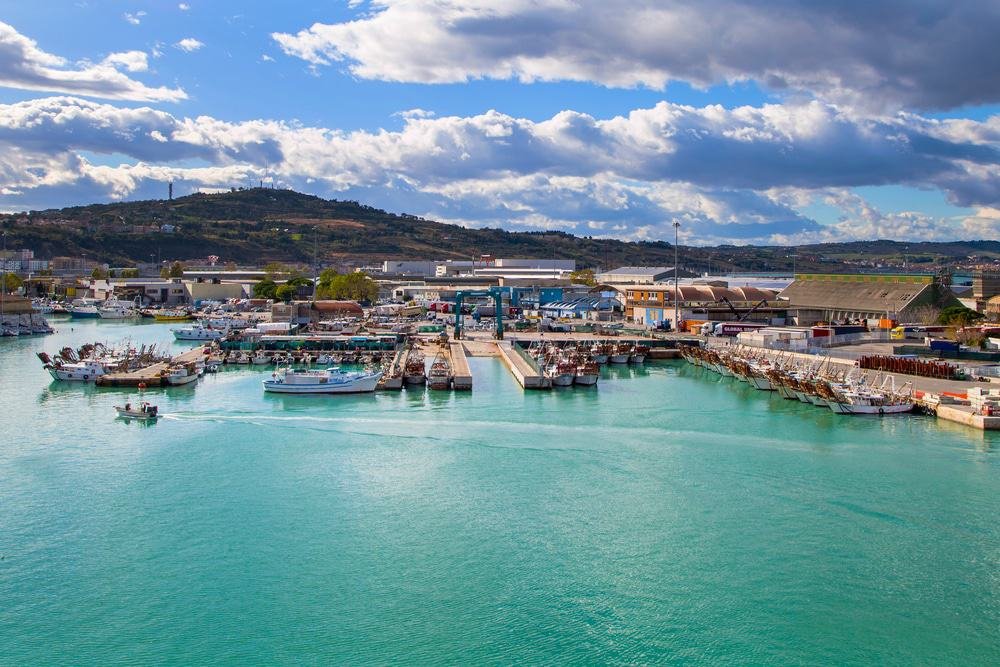
Ancona is a city located in central Italy on the Adriatic Sea. The name comes from the Greek word ankon, meaning cubit, due to the shape of the promontory on which the city stands. It is the capital of the province of the same name and the Marche region.
What is Ancona famous for?
Ancona is an important military and commercial port, with ferry connections to Croatia and Greece. An industrial (shipyard), commercial (fish markets), tourist, cultural (museums) and scientific (university) center. The city is home to the US Ancona 1905 soccer club, founded in 1905.
Monte Conero
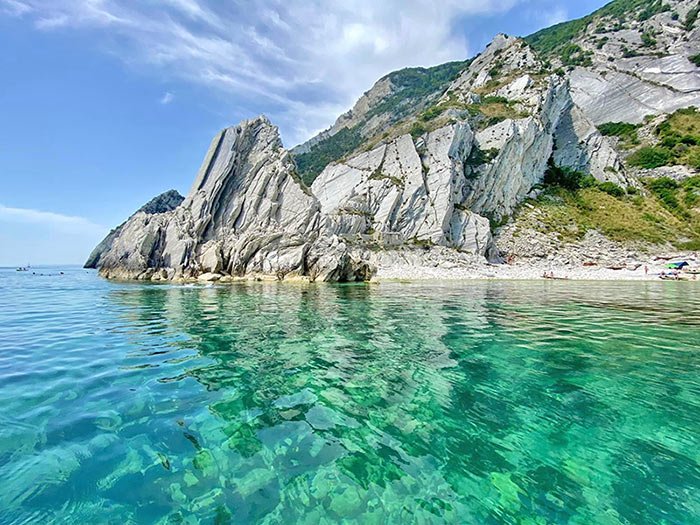

Parco Regionale Naturale del Conero is a beautiful park in Italy located on the Adriatic Sea near Ancona. There is Monte Conero measuring 572 m above sea level. with beautiful viewpoints and the charming town of Numana, where it is worth going to the beach. The park includes forests, scenic glades, caves, monuments and various places worth visiting. The network of tourist paths is well developed. The routes are marked and have information boards. They have different lengths and crossing times. The slopes of the park located by the sea consist of limestone cliffs. The park is an ideal place for geology lovers. An important place is the Massignano quarry. If you are looking for interesting souvenirs from Parco Regionale Naturale del Conero, choose wine, honey, lavender and olive oil.

Mezzavalle Beach

Located on the Conero Riviera, Mezzavalle is one of the most beautiful beaches near Ancona. Fabulously untamed, this cliffside beach, a mixture of sand and pebbles, is about a kilometer and a half long, the perfect place to relax. The 15/20-minute hike to the beach is rather steep and can be quite challenging for some – shoes fit for trekking or hiking are highly recommended – but you’ll enjoy the amazing panorama, and the beach itself is definitely worth the effort. The water is always clear and even in summer the beach is never too crowded. The beach is public. Services available include toilets, showers and a bar-restaurant.
Beach of the Two Sisters
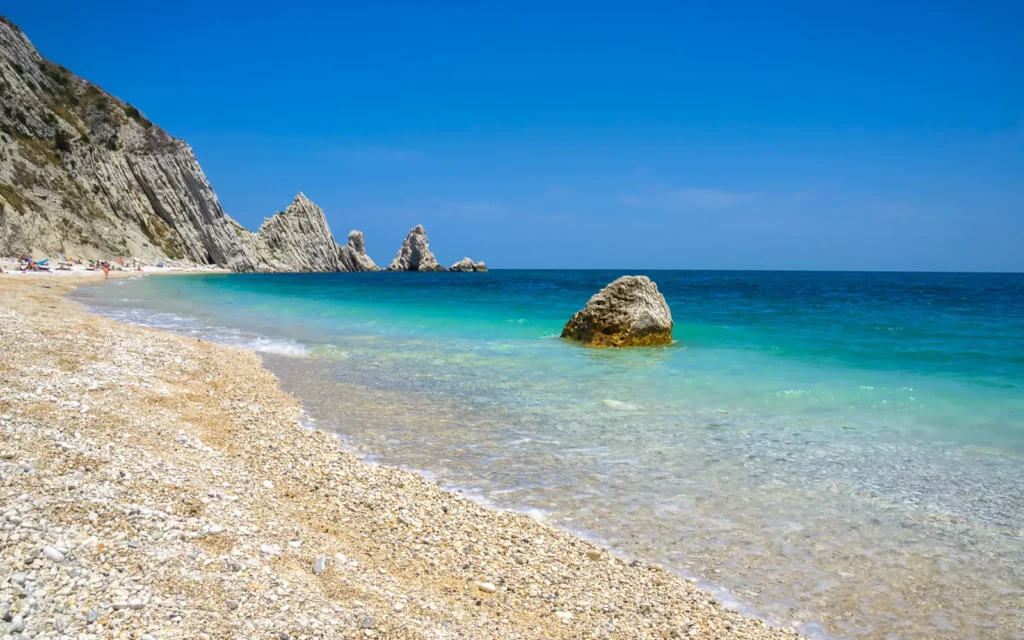
Two Sisters beach in Sirolo is the Conero Riviera icon, its most emblematic postcard, a magic spot named after the twin sea stacks emerging from deep blue and turquoise water. This cosy shingle beach with a lovely sandy shoreline is totally wild and untouched since it is only accessible by sea. There is a hiking trail on Mount Conero which connects Passo del Lupo to the beach but is especially difficult and the lower part is often closed for danger of falling rocks.
Trajan’s Arch
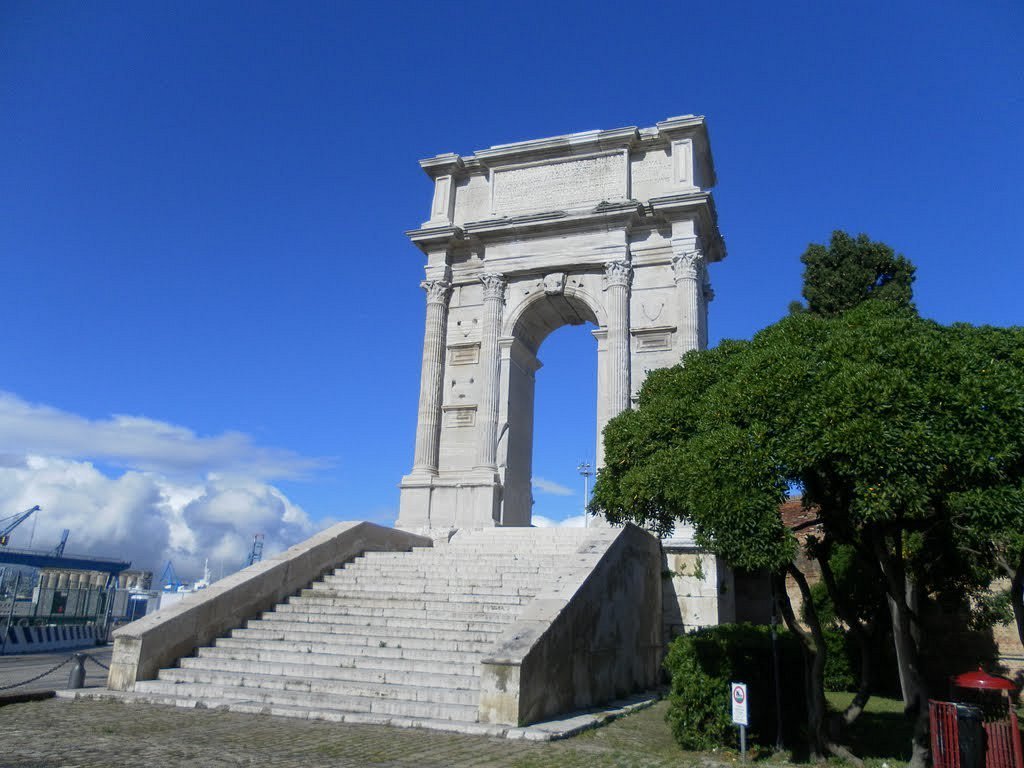
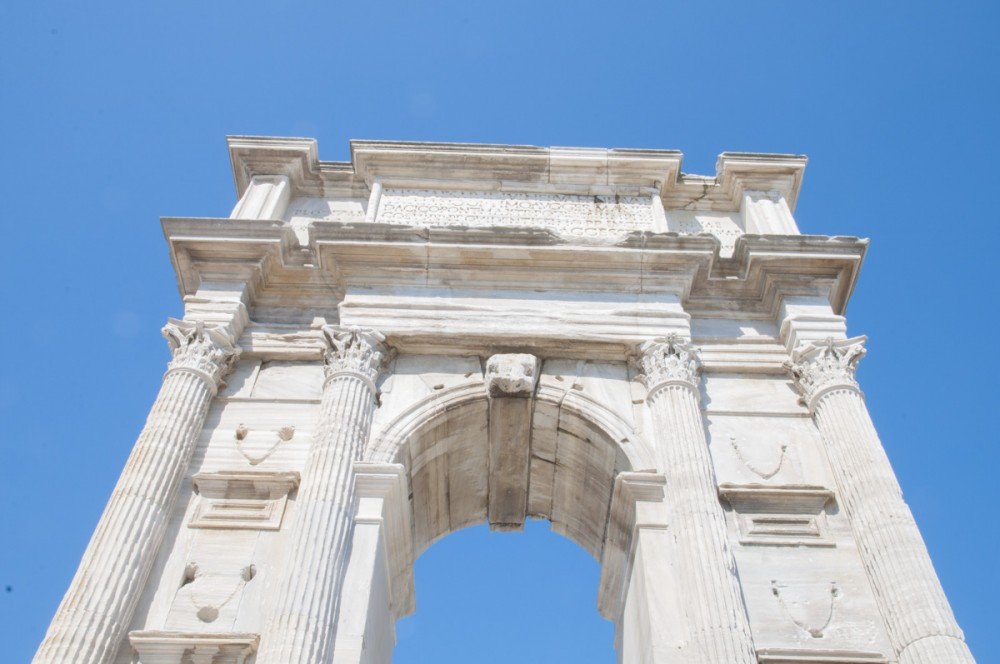
The Arch of Trajan is one of the main landmarks in Ancona and one of its symbols, which has stood, between the sea and the city, throughout the centuries. It was built in 115 AD, and it was intended not as a gateway to the city, but rather as a monument in honor of Emperor Trajan, who contributed directly, out of his own pocket, to the city’s development. What makes this Arch unique are its more elegant proportions.
Ancona Cathedral
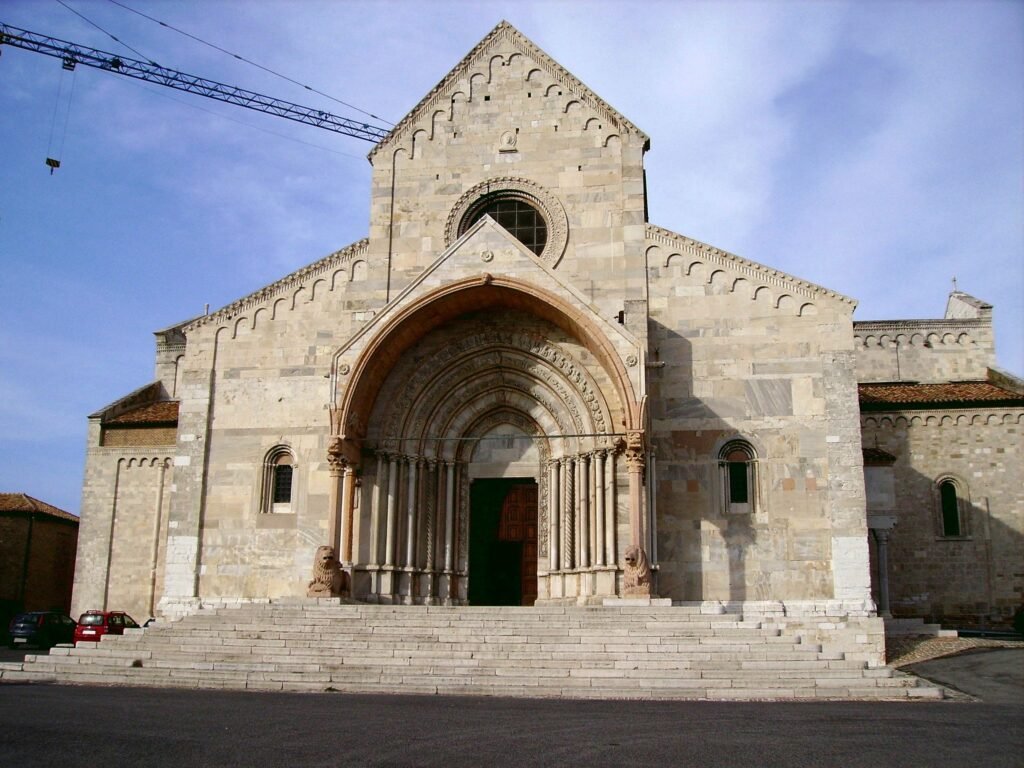

Located on the top of a white staircase overlooking the Conero Riviera, the “San Ciriaco” cathedral is the icon of Ancona and dominates the entire city. Built on the ruins of an ancient pagan temple dedicated to the Goddess Aphrodite, the cathedral hosts the remains of San Ciriaco, a bishop of Armenian origin who is the patron saint of the city. Thanks to its location and its unique architectural is one of the most important treasures of the Christian heritage.
Museo Archeologico Nazionale delle Marche
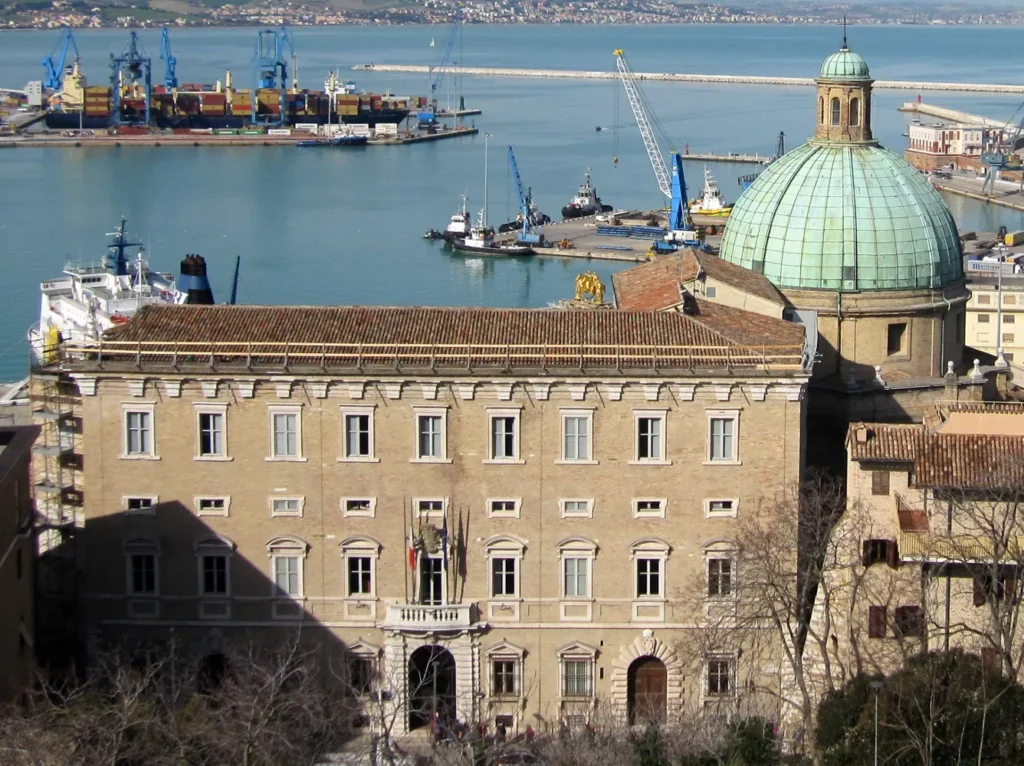
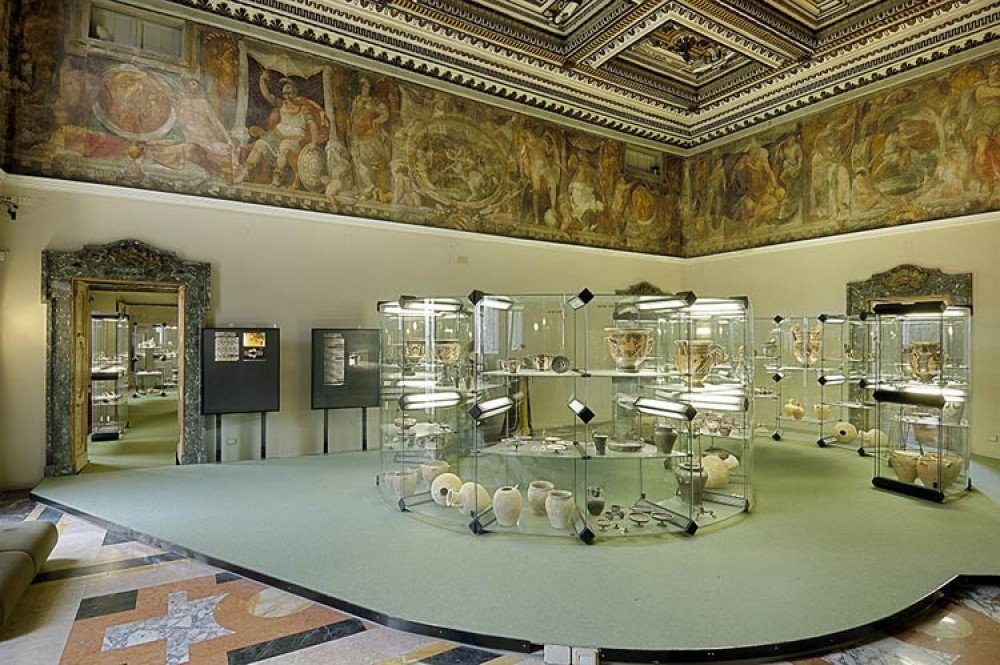
Located inside the sixteenth-century Palazzo Ferretti, in the historic center of Ancona, the National Archaeological Museum of the Marche aims to show the history of the civilizations that followed one another in the region, from the Paleolithic to the Early Middle Ages. Of great importance is the section dedicated to the Picena Civilization (10th-3rd century BC) and the Senone Gauls (4th-2nd century BC), which has always been the museum’s greatest attraction.
San Francesco alle Scale

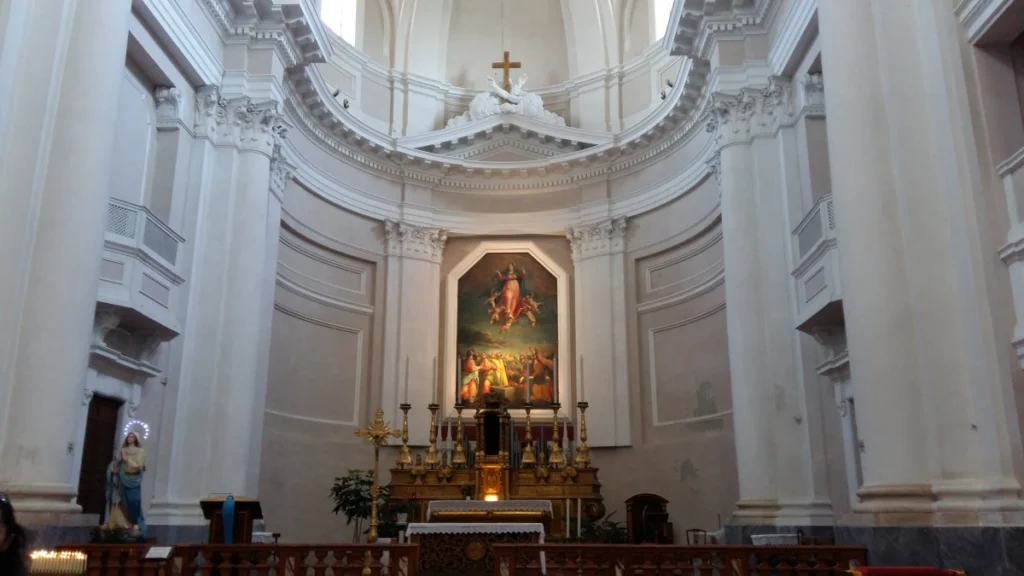
San Francesco alle Scale is a church in Ancona. Sited at the top of a staircase leading to the eponymous square, the church was founded in 1323 by the Franciscans, and was originally dedicated to Santa Maria Maggiore. It obtained the current denomination in the mid-15th century. In 1454, the Dalmatian master Giorgio da Sebenico executed the portal, inspired to the late Gothic one of the Porta della Carta in the Ducal Palace of Venice. In the 18th century the church was raised and enlarged by design of architect Francesco Maria Ciaraffoni, who also built the two annexed monastery and the two cloisters.
Ancona Lighthouse
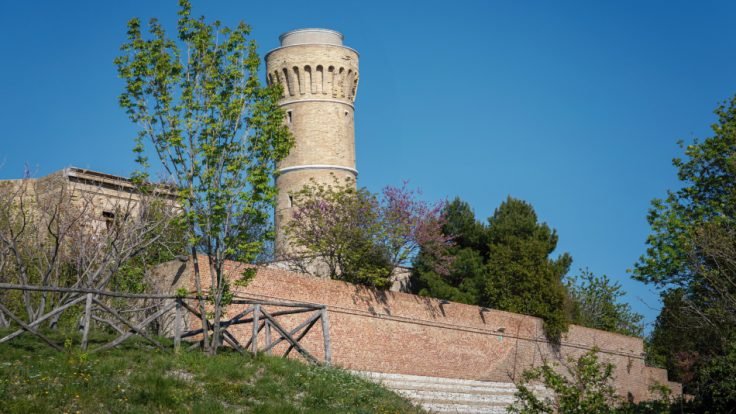
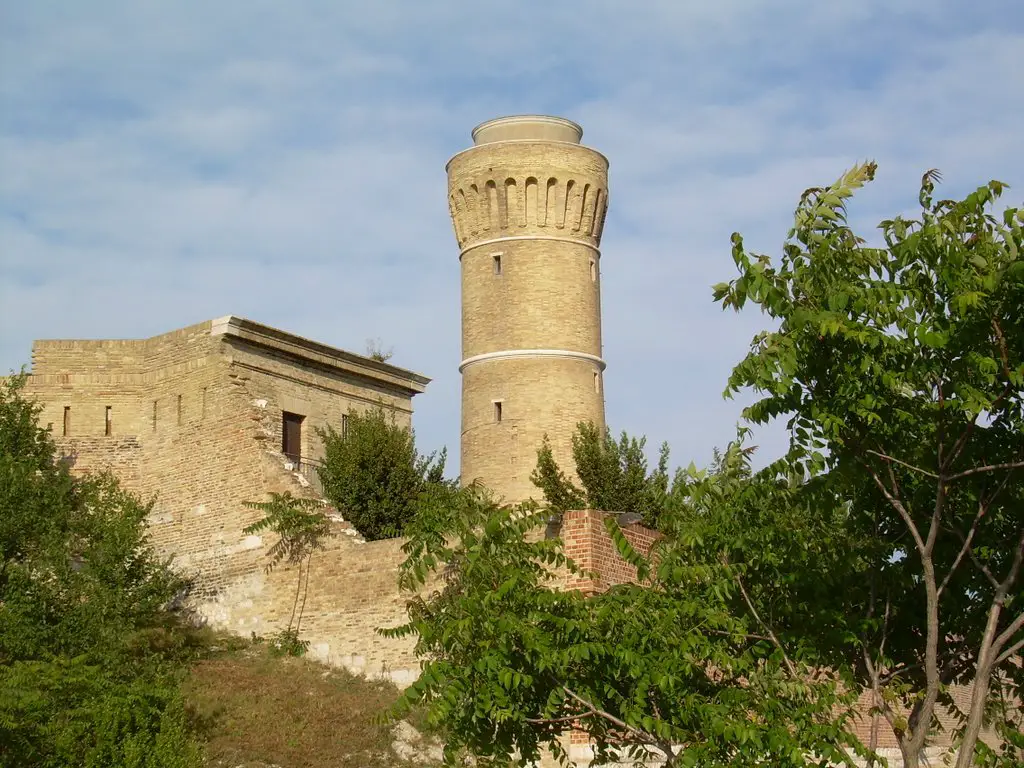
Ancona Lighthouse is located on the Adriatic Sea, about 119.5 meters from the old lighthouse, which was disabled in 1965 AD. The current lighthouse was built in 1971 AD. It is a cylindrical tower with a quadrangular base, built of concrete, 15 meters high above sea level. The lighthouse emits four white flashes every 30 seconds, visible up to 25 nautical miles. The tower provides an amazing panoramic view of the city from the top, and is surrounded by beautiful green spaces where many events and musical celebrations are held, where tourists flock to spend fun times.
Chiesa di Santa Maria della Piazza
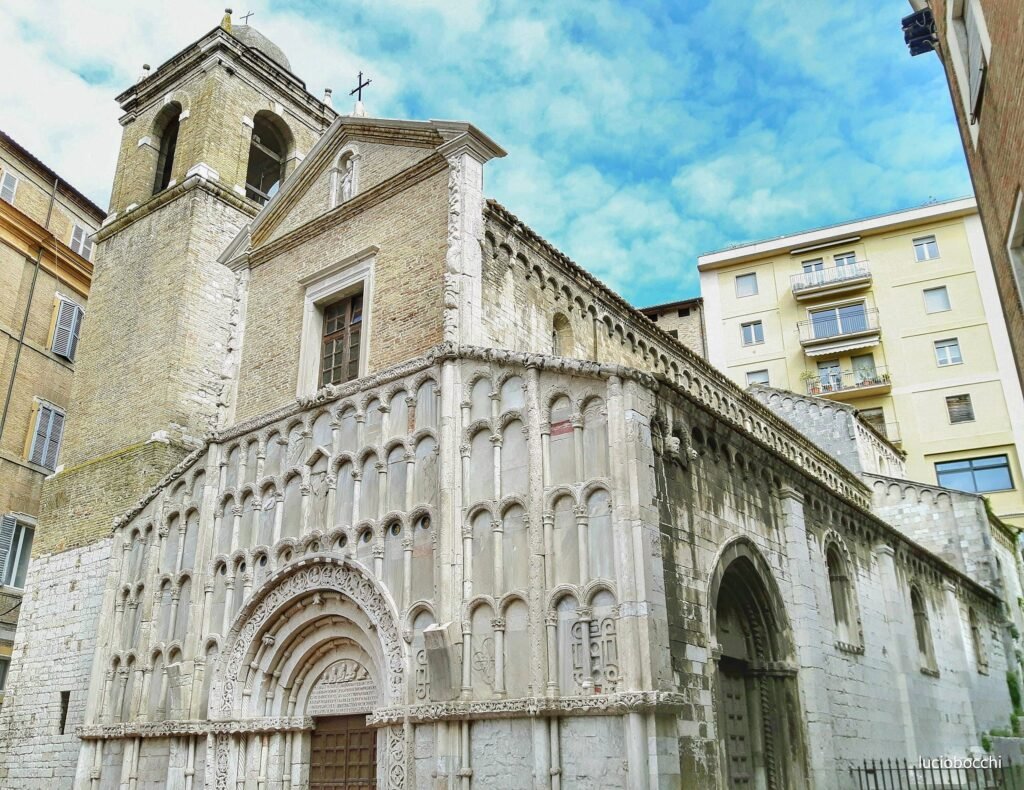
In the heart of Ancona, along Via della Loggia, stands the church of Santa Maria della Piazza. The building, which dates back to the 10th century, is certainly one of the most important monuments of Ancona’s history and art. One of the peculiarities of Santa Maria della Piazza is that inside you can still admire the remains of previously existing early Christian churches. Over time, the church has been renovated several times, with the most recent renovations aimed at restoring it to its ancient Romanesque appearance. Today, Santa Maria della Piazza, deprived of its parish title, is a venue for concerts of sacred and classical music, also thanks to its excellent internal acoustics.
Loggia dei Mercanti
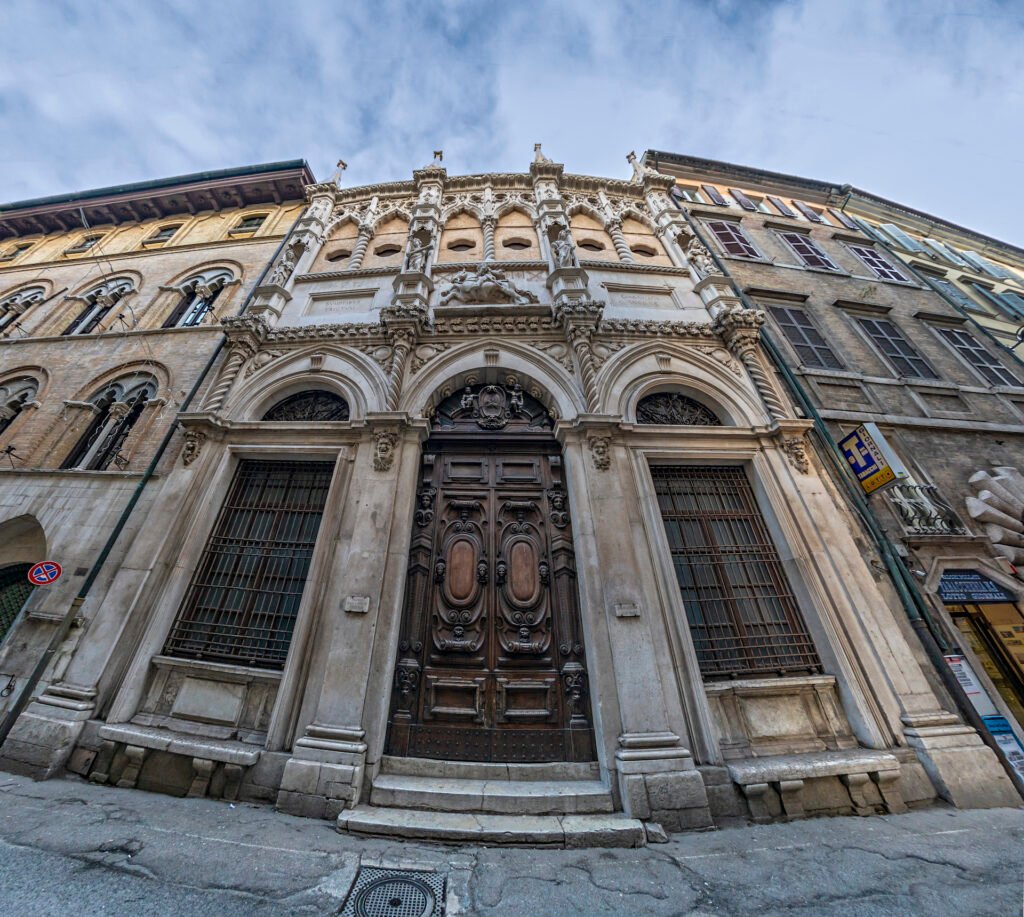
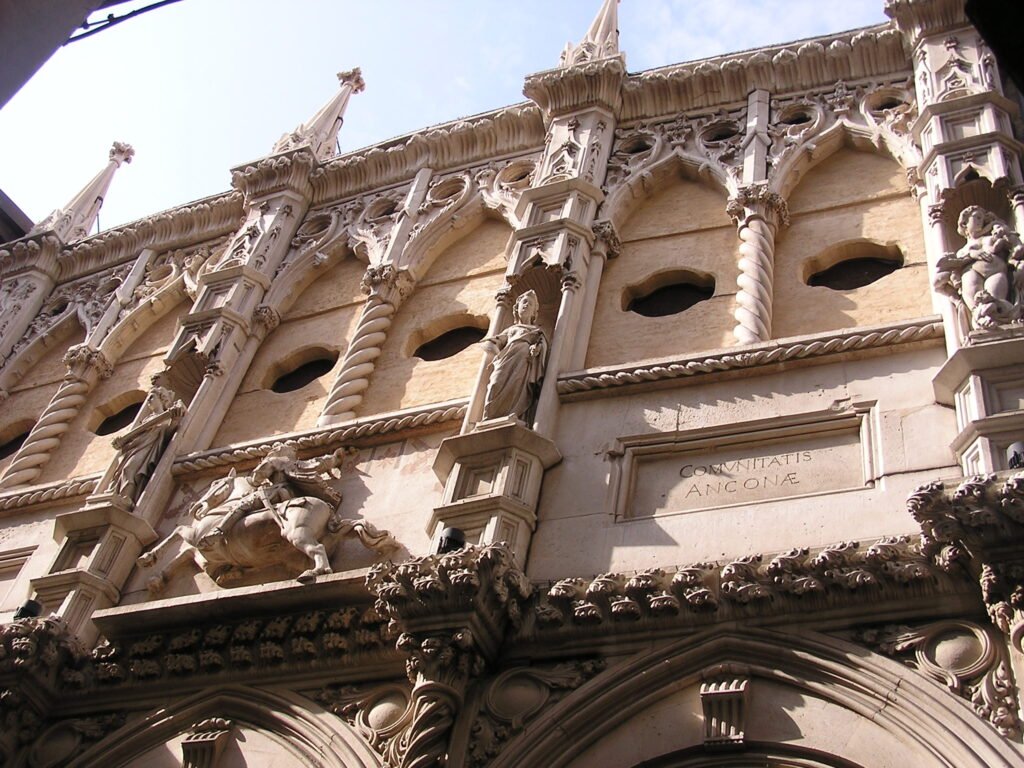
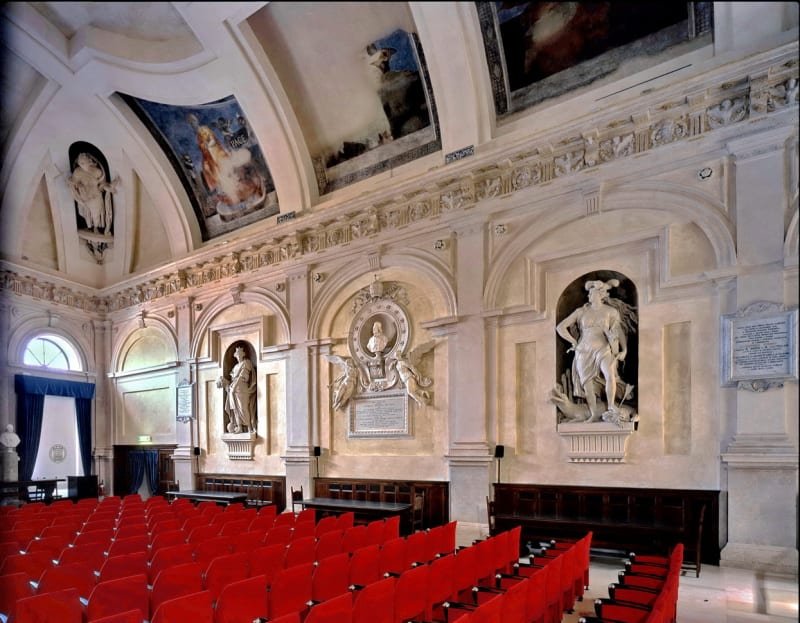
The Loggia dei Mercanti is a historical palace in Ancona, central Italy. The palace was begun in 1442 by architect Giovanni Pace, also known as Sodo, in an economically flourishing period for Ancona. It was built near the port, which was the trade point of the mercantile republic in medieval times, in order to provide a meeting point for the traders.
Il Lazzaretto – Mole Vanvitelliana

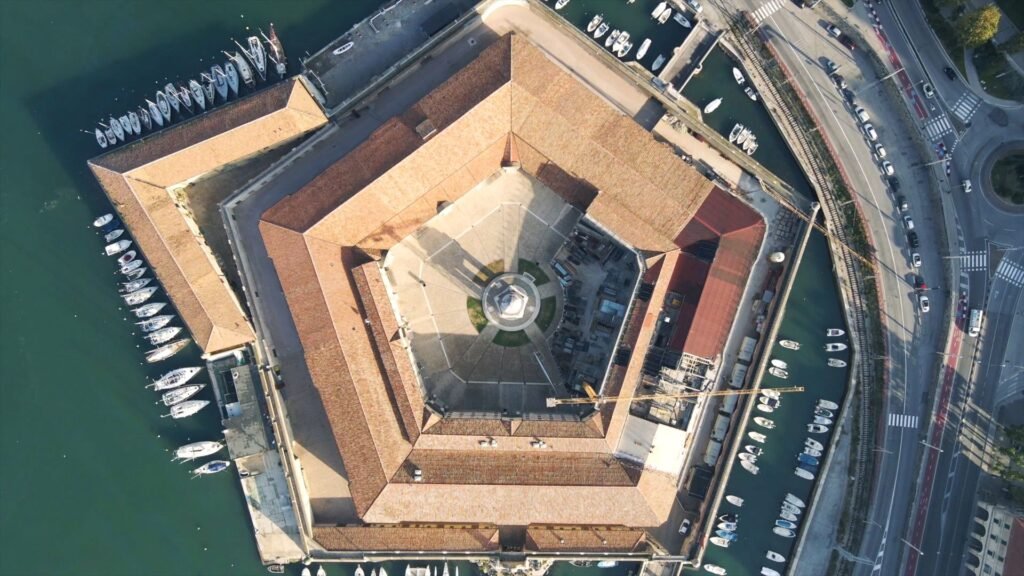
The Mole Vanvitelliana or Lazzaretto of Ancona is a pentagon-shaped building, located in the Port of Ancona, designed by the architect Luigi Vanvitelli. It was built in 1733 on an artificial island and is connected to the mainland by three bridges. Il Lazzaretto was used in the past as: lazzaretto public health, fortification to defend the port, storage for goods, protection of the port by the action of onde. Wonderful for its geometric shape with 5 sides, the monument is today used, during the whole year, to host exhibitions and other cultural events; part of it is used to accommodate the Tactile Museum Omero.
Pinacoteca civica “Francesco Podesti”
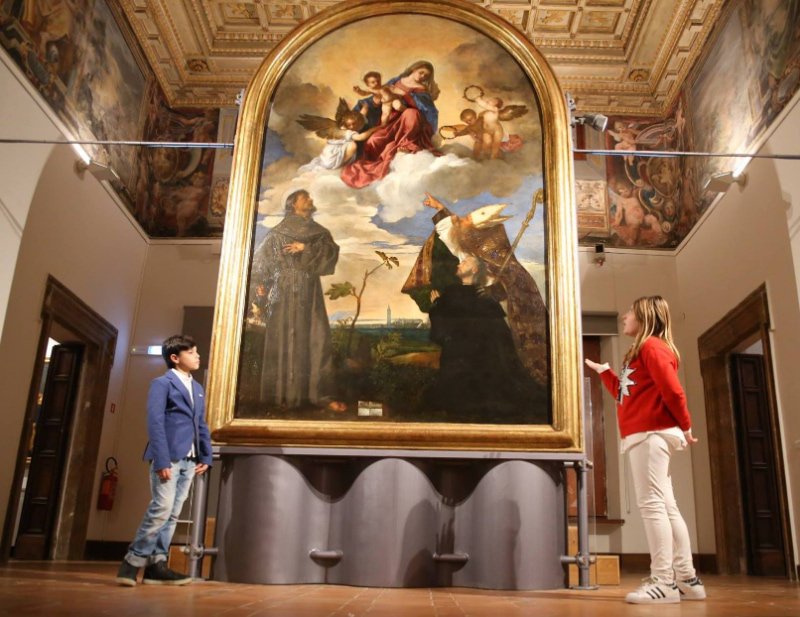
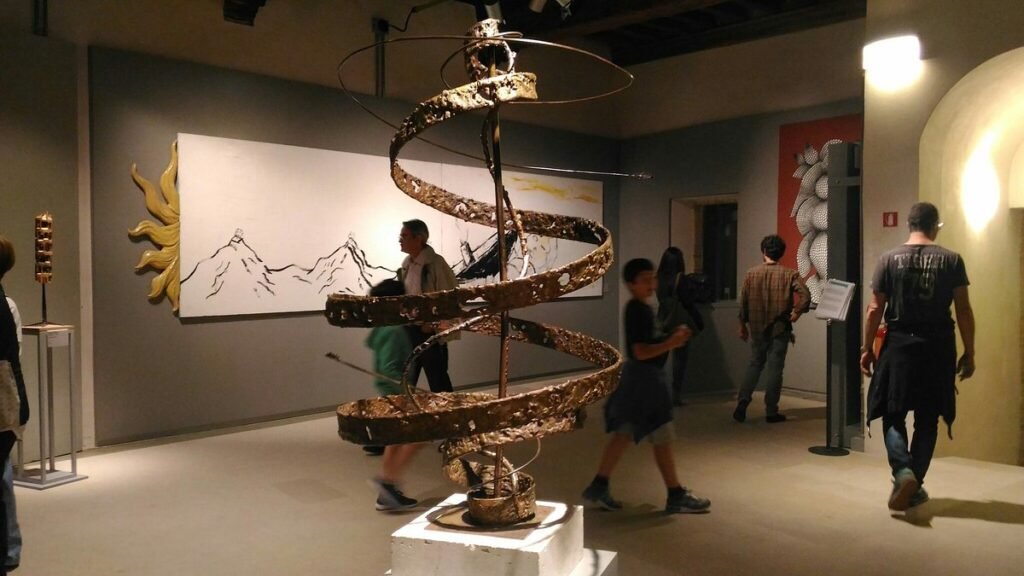
The “Francesco Podesti” civic art gallery in Ancona was founded in 1884. Its establishment is mainly due to the fervent interest of the Ancona painter Francesco Podesti, to whom the art collection was soon dedicated. It collects some paintings of universal value for the history of Italian art and others of great interest for the understanding of painting in the Marche from the 14th to the 19th century.
Fontana del Calamo
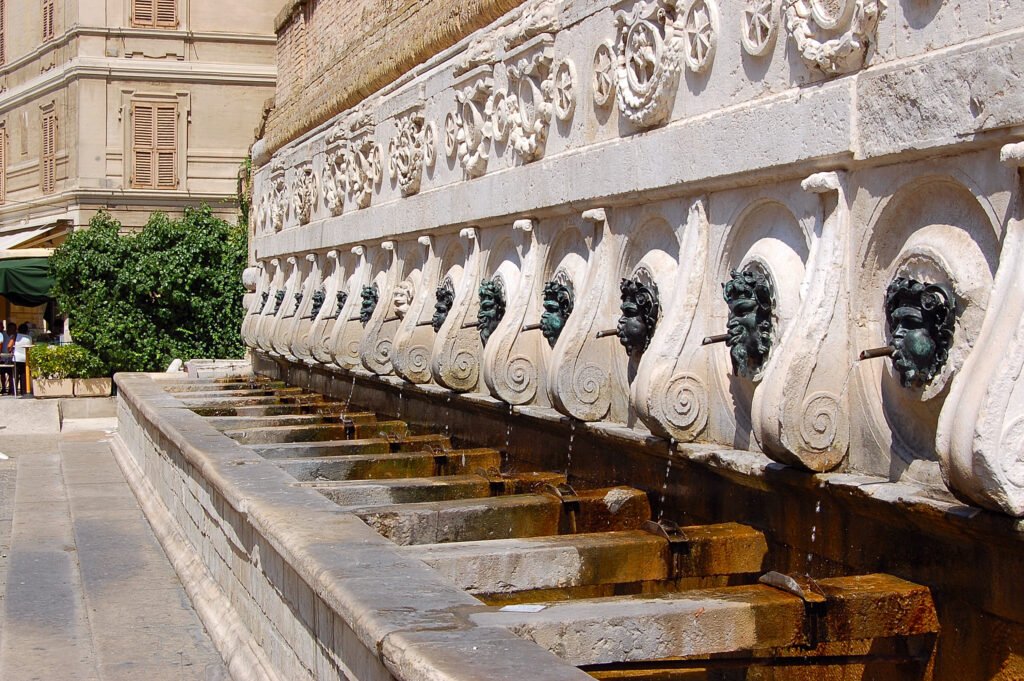
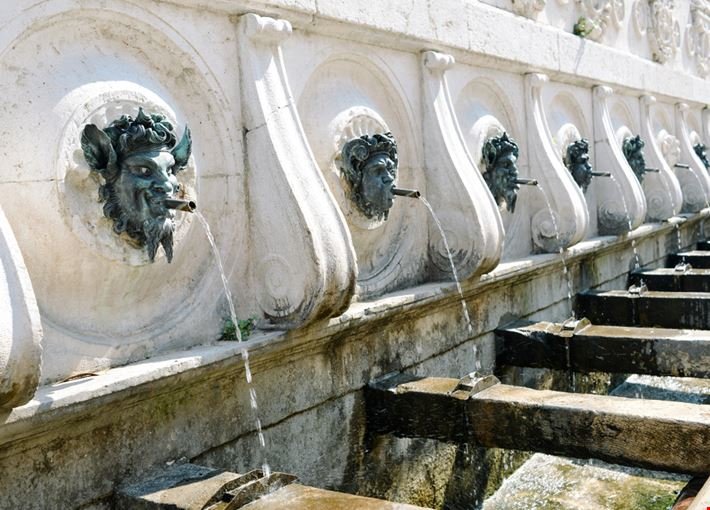
The Fontana del Calamo (calamus fountain) is also called Fontana delle Tredici Cannelle (fountain of the thirteen spouts) due to its thirteen decorated spouts. Calamo Spring was named after the surrounding marshes, kalamos being the Greek word for the reed that grew around the spring. A Greek came to this place and used the spring to obtain fresh water, the name stuck. The origin of the fountain is unknown, but there is a document regarding the expansion of water reservoirs from 1426. Today, the fountain draws water through modern pipes, while in ancient times it drew water from a large cistern placed directly in the walls.
Chiesa del Santissimo Sacramento


The Church of the Blessed Sacrament was built in 1539 and only the facade with the portal remained of this original monument, which was thoroughly modified in 1771-1776 by the architect Francesco Maria Ciaraffoni.
The Confraternity of the SS. Sacramento, erected in 1530, laid the foundation stone of this church on 15 October 1539 and the consecration took place on 2 June 1548. This first church consisted of a simple rectangular hall in the “German style” corresponding to the current main arm of the Latin cross that forms its plan and already in 1583 the four lateral niches with their respective altars and the majestic gabled portal, still visible, were added .
